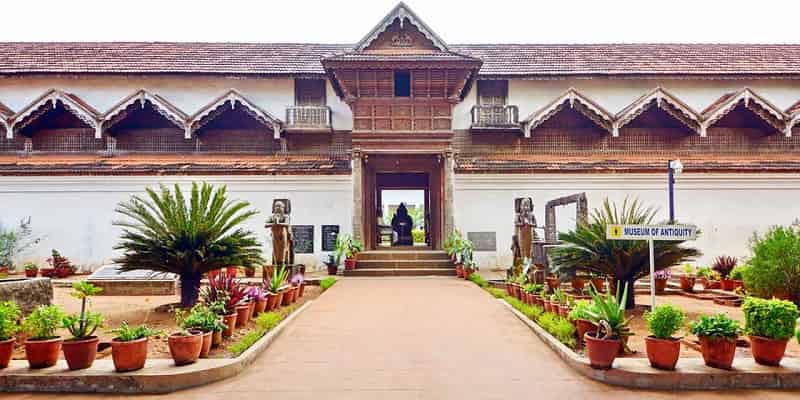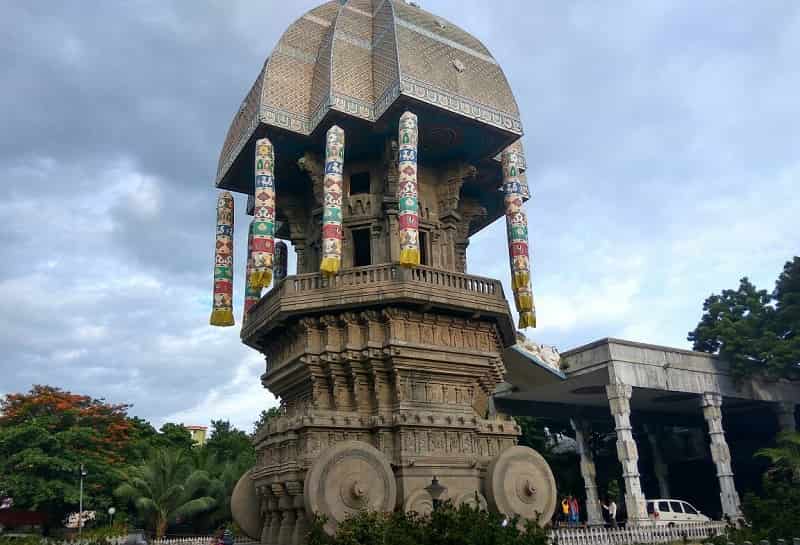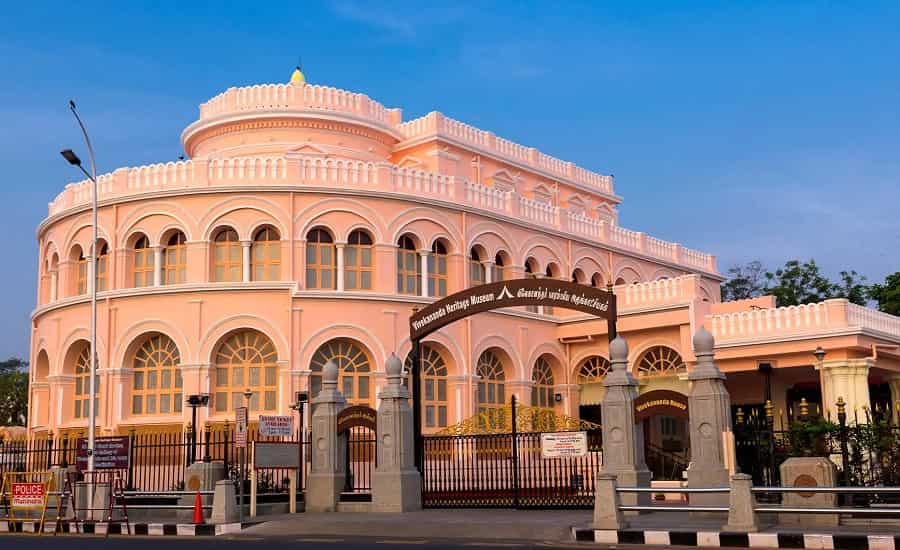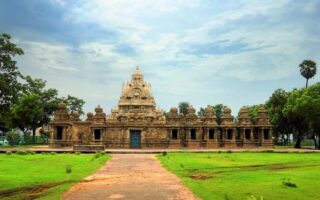Tamil Nadu is one of the 11th largest states in India, bordered by the states of Andhra Pradesh, Karnataka & Kerala and union territory of Puducherry. The state is bounded with Eastern Ghats in north, Palakkad, the Anamalai hills and the Nilgiri on west, Indian ocean on south, the Palk Strait and the gulf of Myanmar on south-east. Chennai is the largest and capital city of Tamil Nadu. The state is the 11th largest in India as per the area and 7th most populous according to population. In 2010, the state was the third larger contributor for India’s GDP and in 2006, it ranked 10th in Human Development. It is also considered as most of the urbanized state among others in India. This state has got highest number of entrepreneur and hence stands 2nd in overall total employment in India.
The land of Tamil is well known for its architecture, Temples, classical dance, Carnatic music, movies and delicious food. Most of the people here are Tamilians, but as this state is rich literacy, Tamilians spoke English as the secondary language. This is the place where real creativity is played in the hands of time. The state has got amazing monuments and thus attracts large number of tourists across the world. The south part of Tamil Nadu is embrace of Dravidian culture and thus can be easily distinguished with its unique customs and languages. You can see cultural icons every part of the state such as intricate carvings on rocks, memorial monuments, classical dance and evocative music. The monuments of Tamil Nadu are gems of architecture from the Dravidian Culture. The elaborate and delicate sculptures offer unique charm to the walls and ceilings that are worth to watch.
Large number of ancient monuments are been observed such as Memorial of Kamaraj House, Bharathiyar Illam, Vivekananda Illam, Padmanabhapuram Palace, Valluvar Kottam, War Cemetery, Senate House and Rippon Building. Each monument denotes artistic expression and exceptional example of Indo-Saracenic Style.
Padmanabhapuram Palace
- Location: 64 km away from Thiruvananthapuram, Tamil Nadu.
- Visiting Hours: Except Mondays, 9am to 5 pm on all days.

The Padmanabhapuram Palace is a magnificent wooden fort situated near Thiruvananthapuram, Tamil Nadu. The palace is located at the end of the mainland Kanyakumari. It’s a perfect example for those who are lover of Architecture and art, as the edifice of the palace is worth to watch. It has got indigenous architecture that holds one of the best and old palaces from the Rajas period during 1500 to 1750 AD. The interiors are antique and are stuffed with intricate sculptured décor and rosewood carvings. The palace also gets you acquainted with the 17th to 18th century murals. The palace is complex from inside offering old granite fortress of 4km long. This palace is positioned on the foot of hills, Veils on the Western Ghats.
History
The Palace was constructed by Trippapur Moopan, who was the head of Dynasty Trippapur Swarupam who ruled over Padmanabhapuram for many years. The palace was built in 14th century by using mud in style of Nalukettu architecture dominated in Kerala. During the 18th century, the palace was again constructed by using granite in most of the corners of fort. This was ordered by the Anizham Thirunal, a well know king from Travancore by renaming the Padmanabhapuram. It is actually the prime deity of Travancore known as Padmanabhaswamy.
Architecture
The Padmanabhapuram Palace is popular for its architectural marvel in the south as well as being the biggest wooden fort in Asia. The uniqueness of the castle lies in the subtle façade, intricately granite & wooden work and use of different styles inside. The Padmanabhapuram Palace is a prosperous cultural heritage that allows royal living styles, as it is bounded with 127 royal rooms and 14 cultural palaces within the fringe.
The palace received Mantrasala, an excellent place for the King’s Chamber arranged for council meetings; entirely build up with traditional touch offering coconut burned shells, egg whites and colored mica. The Mother of King palace is former one craved with carved pillars and sloping roofs, a truly masterpiece. The Natakshala is a huge hall where all royal performances were taken place in front of royal women. The room is furnished with granite flooring that adds beauty to the royal room. There are other various royal articles and artifacts of culture, which has got traditional importance by the Thekke Kottaram in the Southern Palace.
Attractions of Padmanabhapuram Palace
The imperial balcony of the castle called as Ambari Mukhappu is worth to see the view of the surroundings. It is said that the King of that era used this balcony for its public appearance to the villagers and also to watch all celebrations occurred in place.
The Mother Palace of King, Thai Kottaram is polished with decorated ceilings, red floorings, carved pillars and open courtyard in the centre is a must to watch by the tourists. About 2km from the Padmanabhapuram Palace is the Charode palace, as secret exit for the king gives you the glimpse of dark pathway. Another major attraction of the castle is the Navratri Mandapam, which has received carved pillars and flooring of reflective marble. This place was generally used for dance performances and is situated near Saraswati Temple.
This palace has informative Museum, where artifacts of 8th to 18th century are been stored. It includes murals, scriptures, coins, paintings and arms that generate curiosity to know more about the ancient culture took place in that era. The interiors carvings and wooden architecture of the Padmanabhapuram Palace reflects Chinese carvings used on the royal furniture.
Nearby Sightseeing
Temple of Attukal Bhagavathy, Puthenmalika Palace, Museum Complex, Kovalam Beach, Karikkakom, Christ Church and Kanakakkunnu Palace are few important sites nearby Padmanabhapuram Palace.
Must Read: List of Popular Museums to Visit in Tamil Nadu
Valluvar Kottam
- Location: Intersection of Village road and Kodambakkam road, Chennai, Tamil Nadu.

Valluvar Kottam is a contemporary landmark in Chennai, Tamil Nadu, India. This monument is dedicated to Saint and Philosopher Thiruvalluvar also known for his classical poet in Tamil. The gravestone is situated at the meeting point of the village road and Kodambakkam high road. This is truly a replica for the saint-poet Thiruvalluvar structure like temple chariot. A huge size statue of saint is about 33 m tall.
The Valluvar Kottam was built in 1975 in the memorial person, known for its Thirukkural back in 2000 yrs ago. In the front of hall corridors, it has received 1ll 133 sections of Thirukkural including the 1330 verses. For the construction of the monuments more than 3,000 blocks were used in order to create such an ethnic memorial in Tamil Nadu. The Valluvar Kottam auditoriums can easily accommodate 4, 000 people. This monument was built by the traditional architecture, V. Ganapati Sthapati. He is the same architect who structured the statute of Thiruvalluvar at Kanyakumari. This monument is considered as one of the largest idol in the collection.
The formed and formation of the Valluvar Kottam is same as the Temple chariot. The construction works denotes the secret message of living, societal, artistic and cultural inheritance.
- Must Read: Archaeological Sites in Tamil Nadu
Vivekananda Illam
- Location: Chennai, Tamil Nadu, India.

Vivekananda Illam was originally called as the Icehouse positioned in Chennai, India. This place is popular in the remembrance of Swami Vivekananda, who stayed nine days over here when he visited this place in 1897. Hence it is also called as Vivekananda House. At present, the Vivekananda Illam is a permanent exhibition on the Swami Vivekananda and is set up by Ramakrishna Math, the Chennai branch.
Chennai was formerly called as Madras and is the largest city in Tamil Nadu, located on the southeastern part of India. During the 20th century, the city became one of the important headquarter as the Madras Presidency. The expansion and growth of the British Empire had contributed lot in the development of the city. The city is endowed with magnificent heritage of Culture and art. This is the reason why Chennai is called as the “Gateway to South India”.
The Vivekananda Illam structure was specifically built so that it has controlled of melting ice for longer time. In 1963, Chennai government bought these structures and thus renamed as in the name of Vivekananda Illam.
History
Frederic Tudor, the Ice King built Ice House in Madras as part of business and is faced to the Bay of Bengal. In the early 1880, the company got collapsed and was purchased by Biligiri Iyengar. Later, he again remodeled the building, renamed as “Castle Kernan” plus he used it as residential purposes as well. While returning from west, Swami Vivekananda was called by Iyengar, as he was a great disciple and thus asked him to stay in the building. He stayed there from 6th February, 1987 to 14th February, 1987, where he delivered some of his best lectures. His lectures were widely appreciated and as a result Iyengar requested to set up the Icehouse as permanent center in his memory.
A Zamindar further purchased this building and thus mission activities were stop in 1906. During 1917 era, the Ice House was purchased by Madras government as the part of social welfare in which various activities such as staying facilities for widows and women training school were functioned.
Current Vivekananda Illam
At present, the Ice House is called as Vivekananda Illam from the Tamil Nadu government. On 20th December, 1999 the exhibition that took place was applauded very much. Besides exhibitions, today the government of Tamil Nadu conducts various other activities such as youth meetings, yoga classes and mediation classes in the Vivekananda Illam.


